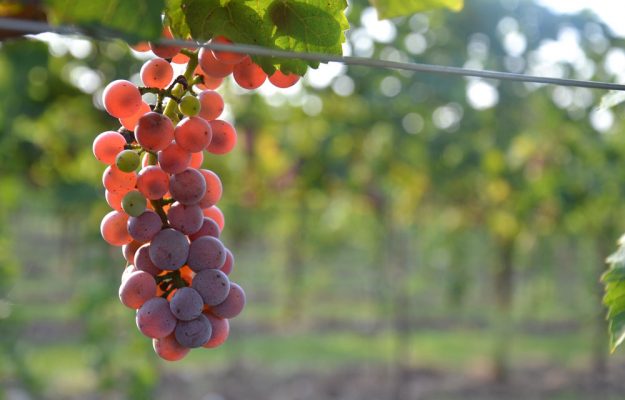They are a topic that has long aroused great interest and equally heated debates, but in the annus horribilis of downy mildew - which has severely affected the Italian vineyard causing generalized drops in production, with peaks in some regions, such as Abruzzo, Sicily and Tuscany - the spotlight is more powerfully turned on Piwi wines. Precisely to them is dedicated the No. 3 edition of the “Piwi Wines Exhibition”, organized by the Edmund Mach Foundation, aimed at promoting and enhancing wines produced with at least 95% of grapes from “PilzWiderstandsfähig” varieties, i.e., innovative and sustainable vines capable of offering tolerance to fungal diseases, powdery mildew and Downy mildew, while significantly reducing the use of pesticides.
Although at the European level these varieties have been allowed in the various PDOs, there are regions in Italy where the cultivation of Piwi grapes has not yet been authorized, even to produce generic or IGT wine. The National Register of Vine Varieties includes 36 Piwi varieties and the area cultivated with these varieties exceeds several thousand hectares; Veneto has the highest number of areas cultivated with Piwi grapes and some hectares are found in Emilia and Marche. Lazio and Piedmont are the latest regions, in order of time, to authorize the cultivation of these varieties in their viticultural area.
With the Piwi Wines Exhibition, the Edmund Mach Foundation also intends to enhance the research and experimentation activity on tolerant varieties, which has led to the registration in the National Register of four new selections coming from the genetic improvement activity, thanks to the collaboration of the Civit Consortium: Termantis, Nermantis, Charvir and Valnosia. Recently through the Vevir project these varieties were found to be optimal for cultivation in Trentino, alongside Solaris, Souvignier Gris, Bronner, Palma, Johanniter and Pinot Regina.
The history of genetic improvement in the Edmund Mach Foundation has a long history, from the days of Rebo Rigotti in the 1920s. For resistance, the Foundation undertook intensive breeding by implementing a crossing plan since 1987. Today the crossing plans produce 35-40,000 seeds per year, divided into about 100 crossing combinations. This activity also involves crosses (pyramiding) to select genotypes with different resistance traits toward different diseases (powdery mildew, downy mildew, black rot ...). To make the selection stage more efficient, selection techniques with markers related to fungal disease resistance traits are used. In addition to this objective there is also intensive crossing activity between pyramidal parents and Vitis Vinifera varieties that have produced the four varieties Charvir, Valnosia, Termantis and Nermantis.
The exhibition will take place over two days: on November 8 and 9 with the evaluation of wines by a panel of 24 experts, selected from among oenologists, wine technicians, journalists, sommeliers and researchers pertaining to the agribusiness world. The awards ceremony is scheduled for December 1. Wines will compete in various categories: from reds to whites, from orange to metodo classico. Wineries wishing to participate have from now until September 29 to submit an application on the Edmund Mach Foundation website.
Copyright © 2000/2025
Contatti: info@winenews.it
Seguici anche su Twitter: @WineNewsIt
Seguici anche su Facebook: @winenewsit
Questo articolo è tratto dall'archivio di WineNews - Tutti i diritti riservati - Copyright © 2000/2025








































































































































































































